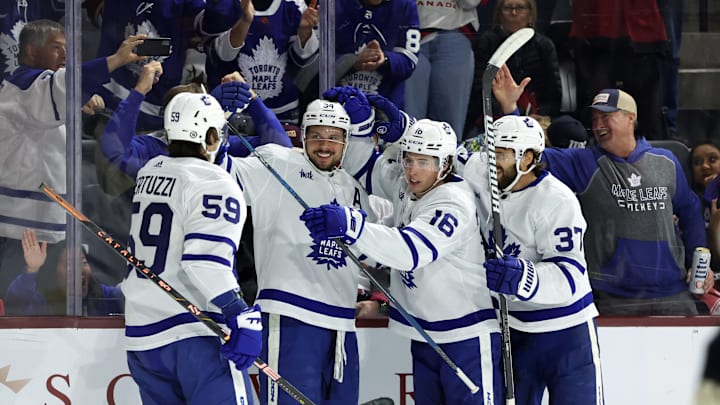Lack of Fit Makes a Significant Leafs Trade Unlikely
The cost for Hanifin, Markstrom, and Tanev (before he was traded to the Stars) seems too high for the Leafs to be able to make a deal work for any of them.
Scuttlebutt, before Tanev was moved, was a minimum second-round draft pick, with the Flames holding out hope that someone would give up a first-round pick. The agreement between the Flames and Stars fell somewhere in between. Tanev is older than Hanifin and both are UFAs after the season.
The price for Hanifin will be higher and the Leafs have no second-round picks. Plus, speculation is that Hanifin wants to play for a team based in the U.S. As for Markstrom, he would cost more in a trade package than Hanifin or Tanev because of his position and the two years that remain on his contract.
For those reasons, it's hard to see a Leafs-Flames deal coming to fruition.
Saros would command a similar return (or more) than Markstrom because he is younger. Fleury, in his advancing years, is not an upgrade on what the Leafs already have in the net.
The Leafs don't need to give up assets to supplement their forward lines so that rules out Vatrano. They'd be better suited to helping their defense.
That brings us to Dumba. The Leafs could have signed him as a free agent this past summer. They chose not to. Now, Treliving is going to give up assets to acquire him in a trade? That would be admitting a colossal mistake, so don't count on that happening.
